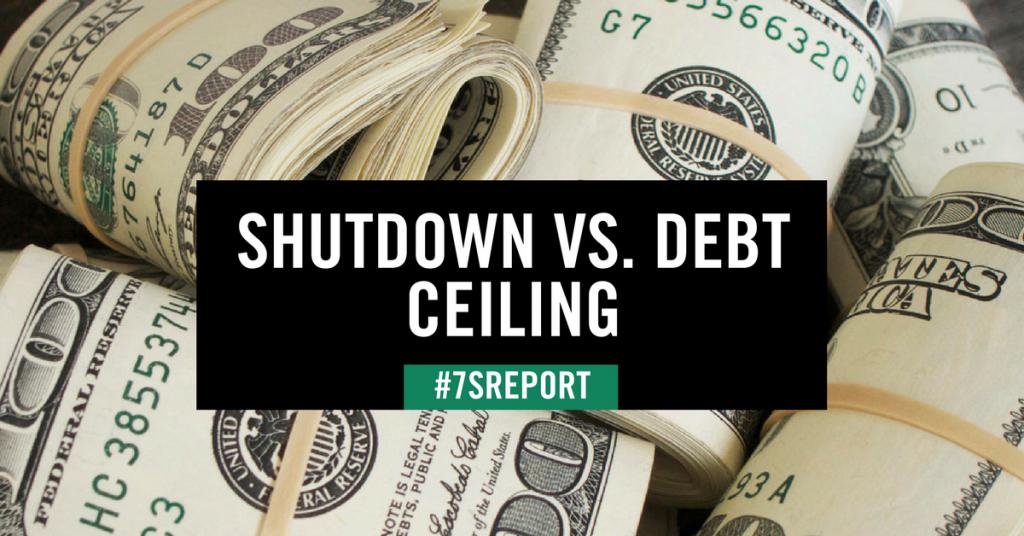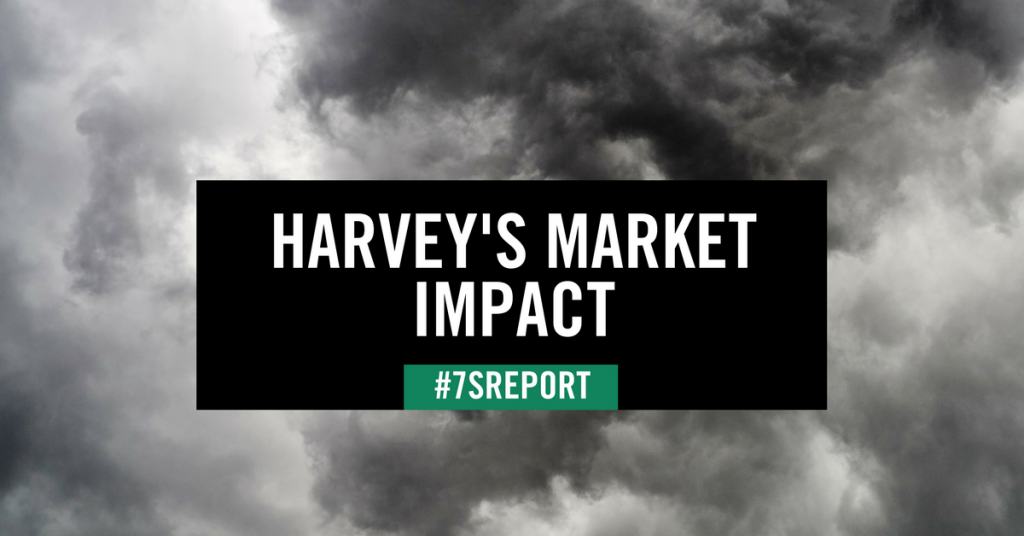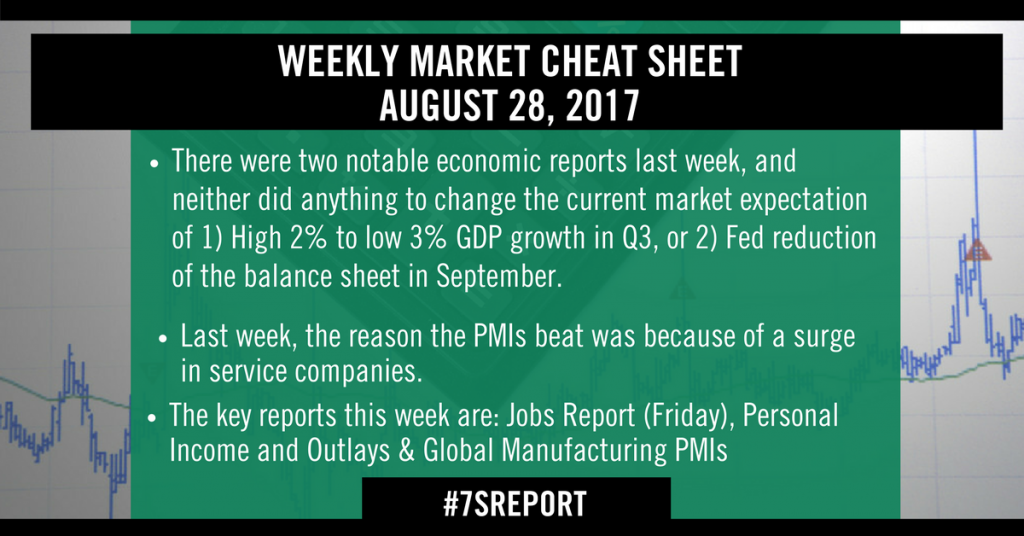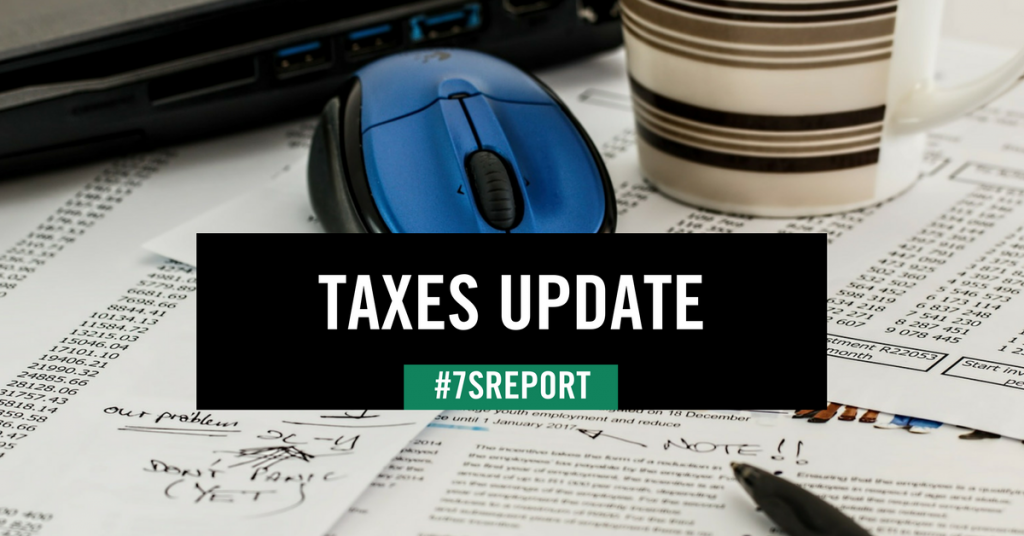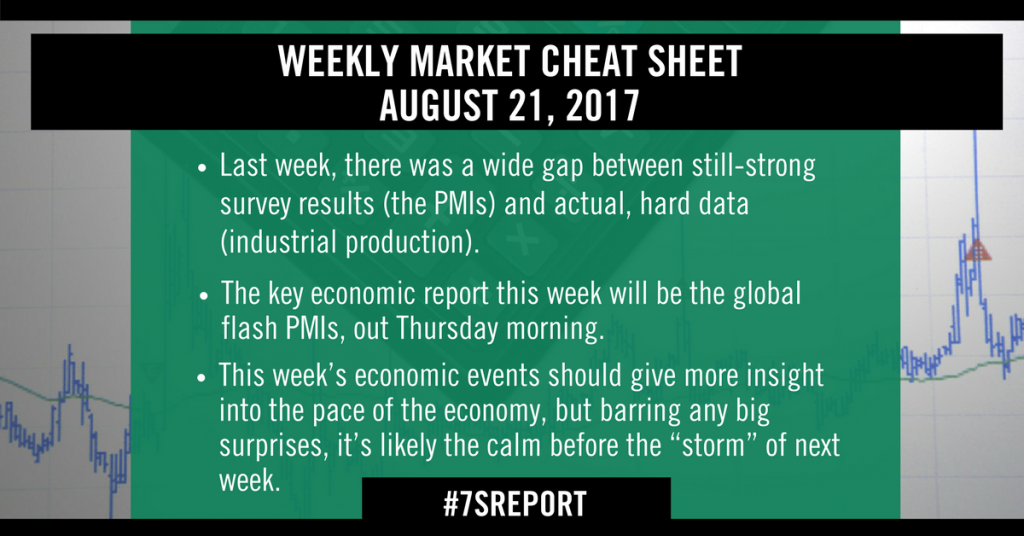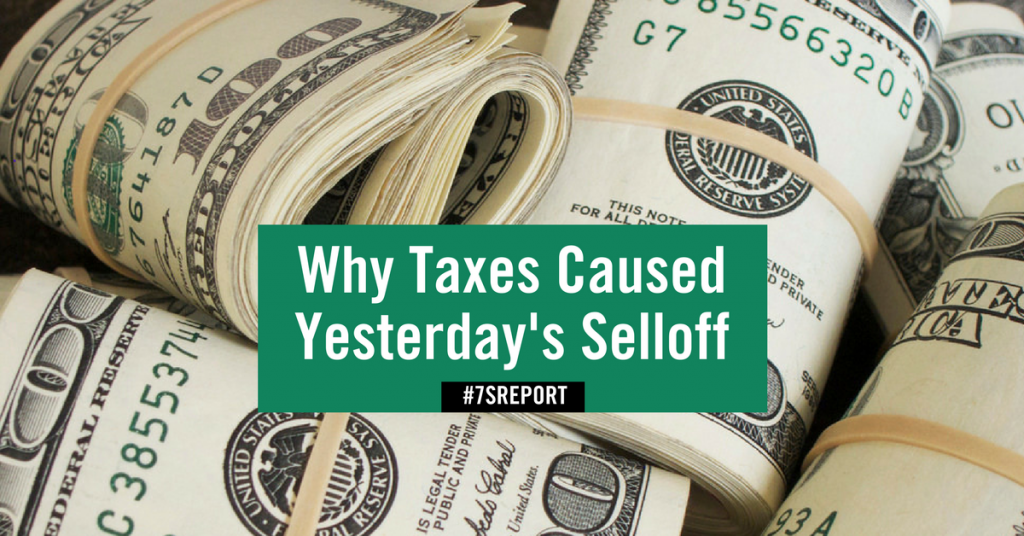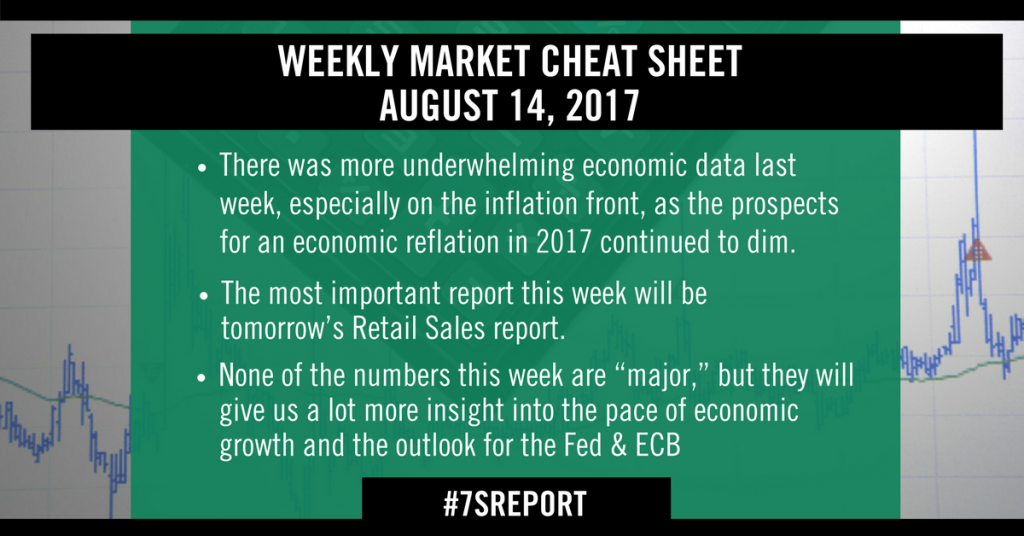Jobs Report Preview, August 31, 2017
The Sevens Report is everything you need to know about the markets in your inbox by 7am, in 7 minutes or less. Start your free two-week trial today and see what a difference the Sevens Report can make.
Before getting into this month’s jobs report preview, I want to point out that August jobs reports have a history of being the worst reports of the year, and often provide negative surprises. The reason why isn’t exactly clear. It likely has to do with the resumption of college and end of summer jobs, although that’s never been statistically verified. The reason I’m telling you this is because if there’s one month where a soft jobs report is at least partially overlooked, it’s August. Point being, a soft jobs report tomorrow won’t be as “dovish” as a soft jobs re- port any other month.
Bigger picture, the inflation component of this report remains key. A December rate hike isn’t certain, but if wages tick higher and the headline number is strong, that will push yields and the dollar higher, and stocks likely lower (at least in the short term). Longer term, though, we need a “reflation,” and that comes with better growth and inflation, so that’s the preferred outcome for anyone with a longer-term time horizon (which is all of us, I suspect).
“Too Hot” Scenario (A December Rate Hike Becomes More Certain)
• >250k Job Adds, < 4.1% Unemployment, > 2.8% YOY wage increase. A number this hot will refute the lower inflation numbers and reintroduce the potential for a “not dovish” Fed. Likely Market Reaction: We should see a powerful re-engagement…withheld for subscribers only—unlock specifics and ETFs by signing up for a free two-week trial).
“Just Right” Scenario (Leaves a December Rate Hike As A 50/50 Proposition)
• 125k–250k Job Adds, > 4.2% Unemployment Rate, 2.5%-2.8% YOY wage increase. This is the best-case scenario for stocks, as it would reinforce the current expectation of balance sheet reduction in September, and (maybe) one more 25-bps rate hike in December. Likely Market Reaction: A knee-jerk, mild stock rally..withheld for subscribers only—unlock specifics and ETFs by signing up for a free two-week trial).
“Too Cold” Scenario (Economic Growth Potentially Stalling)
• < 100k Job Adds, < 2.5% YOY Wage Gains. If we see a big disappointment in the jobs number and a further softening of wage inflation, that will send bond yields lower, but it would also likely weigh on stocks as it will raise concerns about economic growth. Likely Market Reaction: Bonds and gold should surge and the 10-year Treasury yield would…withheld for subscribers only—unlock specifics and ETFs by signing up for a free two-week trial).
Time is money. Spend more time making money and less time researching markets every day. Subscribe to the 7sReport.com.


